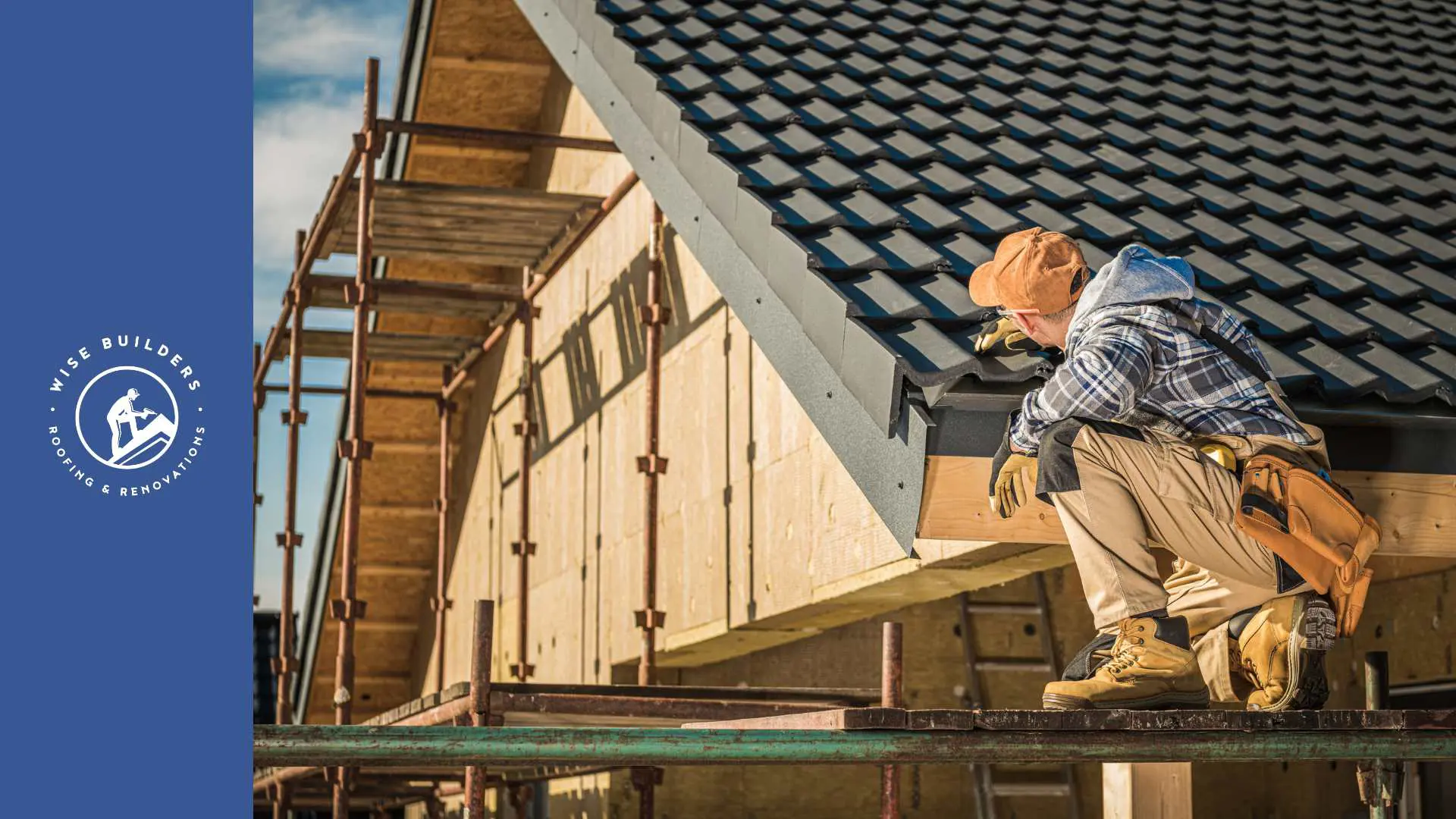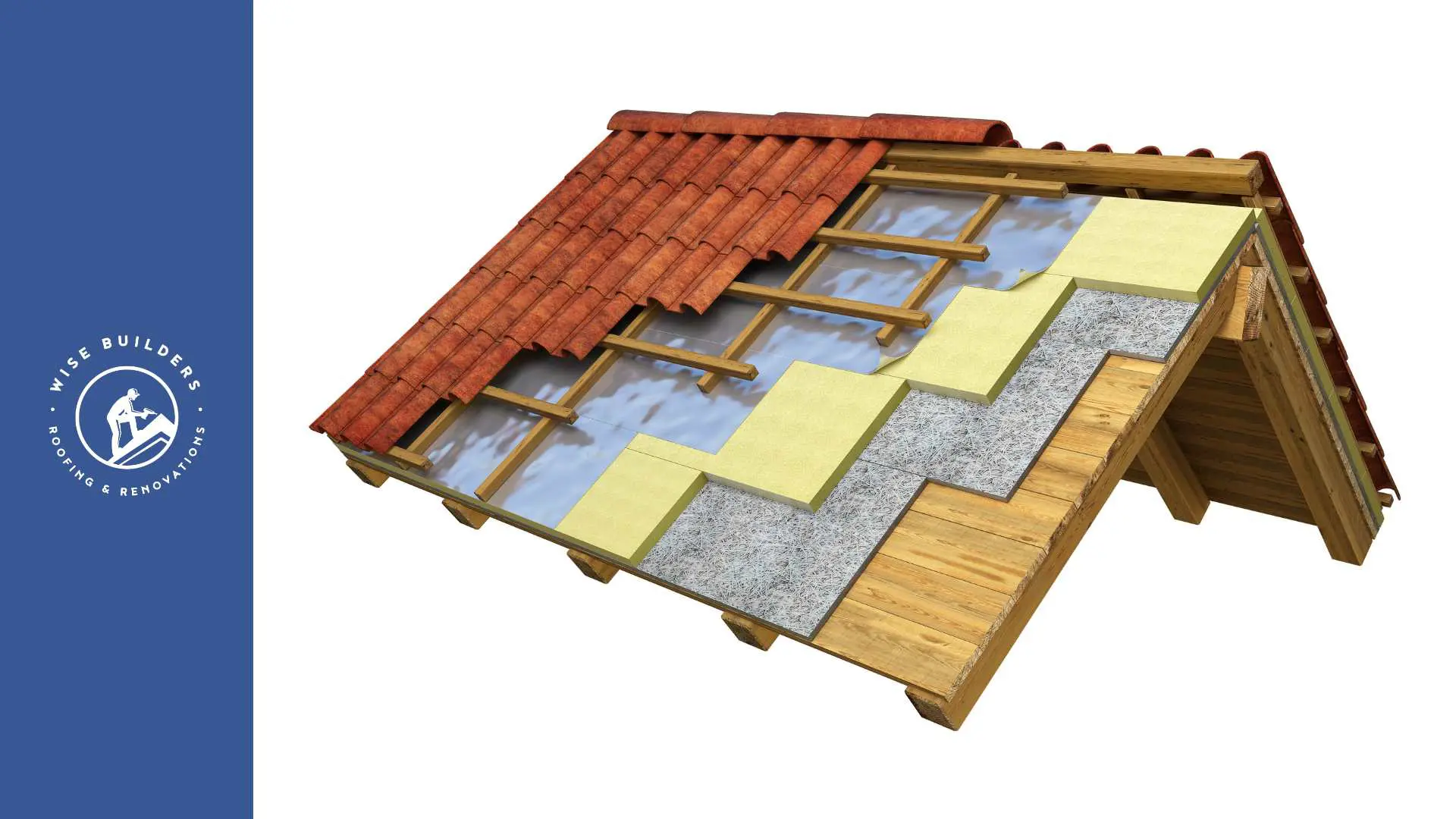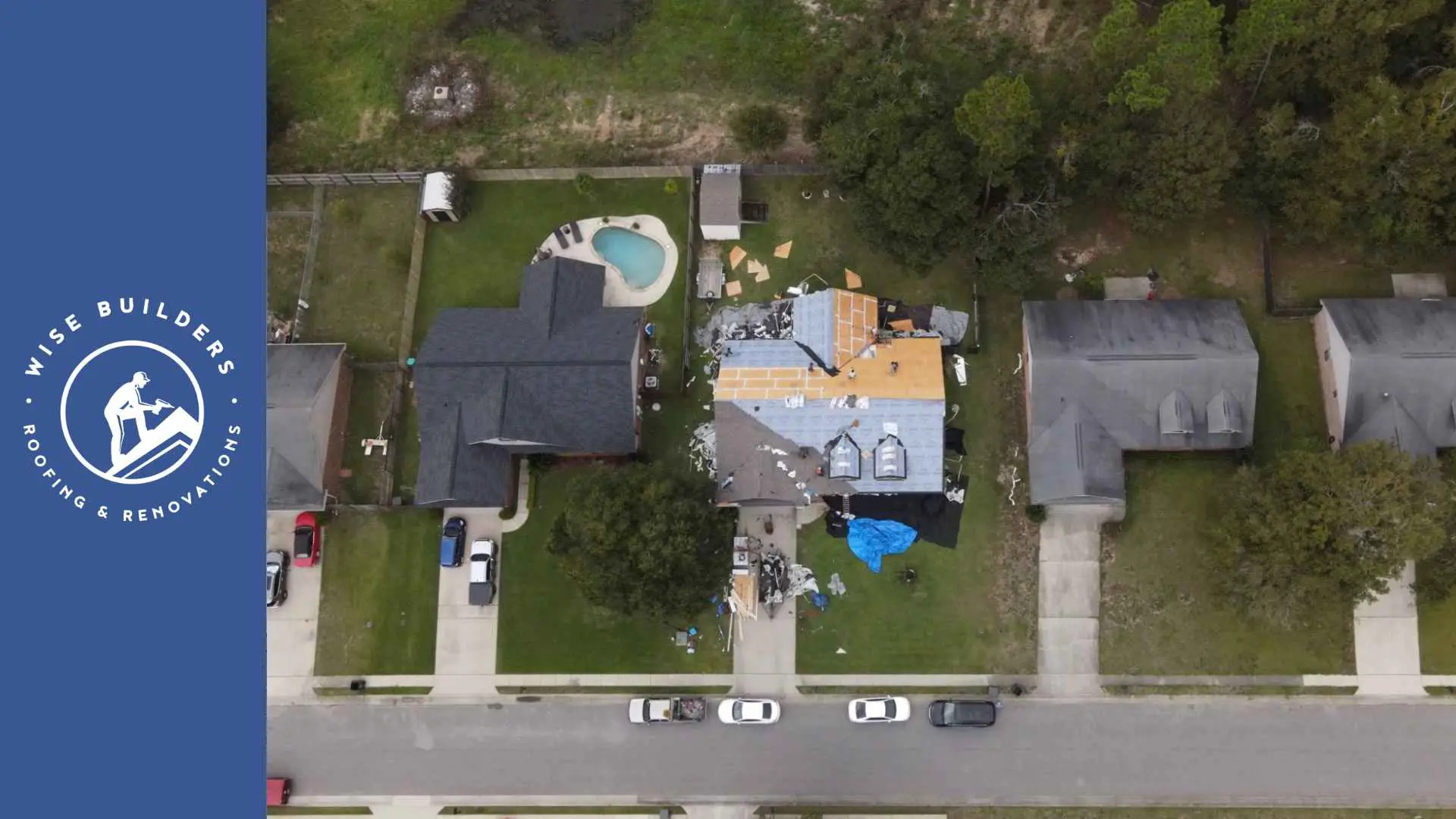Key Highlights
- Storms can cause significant damage to your roof, leading to costly repairs.
- Recognizing early signs of damage, like missing shingles or water stains, is crucial.
- Regular roof inspections by professionals can help identify and address potential issues before they worsen.
- Choosing durable roofing materials like metal roofing or impact-resistant shingles can increase your roof’s resistance to storm damage.
- Consulting a reputable roofing contractor ensures proper installation and access to innovative storm-proofing solutions.
Introduction
As a homeowner, you know that your roof faces tough weather. Hailstorms, high winds, and heavy rain can cause clear damage. It is important to know the signs of storm damage and how to mitigate it. By acting early, you can avoid expensive repairs and protect your biggest investment. This guide will show you the basics of storm-proofing your roof and assessing different types of damage. It will help you reduce possible damage and keep your home safe and secure.
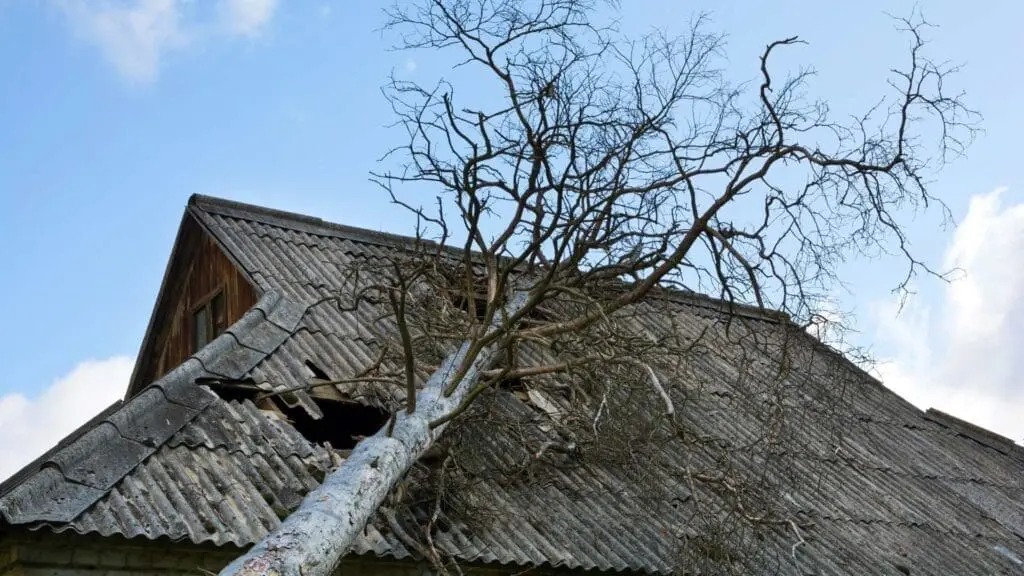
Understanding Storm Damage and Its Impact on Roofs
Storm damage to roofs is not just about looks; it can threaten your home’s safety. High winds can cause wind damage by ripping off shingles, making your roof weak. Hail can create serious issues, causing cracks or dents in the shingles. Heavy rain can overload your drainage system, which might result in leaks and water damage.
If you do not fix these small problems, they can change into big issues. This may lead to serious structural damage, mold growth, and higher energy costs. All of this can lower your home’s value. By understanding how storm damage can affect your roof, including potential discoloration or dampness on walls, ceilings, insulation, or lumber, homeowners can take better care of their roofs.

Types of Storm Damage: Wind, Hail, and Water
https://www.superstormrestoration.com/blog/how-to-tell-if-high-winds-damaged-your-roofHigh winds can often damage roofs. They can tear off shingles, especially if they are already loose or damaged. Strong winds can also blow debris into the roof, leading to more damage when it hits.
Hail damage can be harder to spot at first. Hailstones can dent or crack shingles, which can ruin their ability to keep water out. Over time, even small cracks can cause leaks and water damage.
Water damage is a major risk for roof problems. Heavy rain can create leaks, but this often happens because of damage that was already there from wind or hail. Water getting into your home can harm the structure, promote mold growth, and create health risks.
The Immediate and Long-Term Effects of Neglecting Roof Damage
Ignoring damage to your roof, even small problems, can lead to serious issues now and later. A small leak today can grow into a big problem tomorrow. Water getting inside your home can cause wood to rot, weaken support beams, and harm the whole roof.
Besides damage to the structure, not fixing your roof can cause mold to grow. This can lower your home’s air quality and put your family’s health at risk. In addition, serious roof damage might need costly repairs, while fixing things quickly is usually cheaper.
Keep in mind that taking care of roof problems right away can stop more issues. This will help keep your mind at ease and protect your home investment. It is important to contact your homeowners insurance and file an insurance claim when you have these issues.

Early Signs of Storm Damage to Look Out For
After a storm, you need to check your roof for signs of damage. But not all damage can be seen from the ground. Missing shingles are easy to spot, but other signs may need a closer inspection.
Look for debris on your roof or around your home; this might mean there was an impact. Inside, check for water stains on the ceilings or walls. These stains can show that there is a leak. Knowing what to look for can help you fix problems before they get worse.

Visible Damage: Missing Shingles and Dents
Missing shingles are a clear sign of storm damage. Strong winds can pull shingles off the roof, especially if they are already loose or damaged. After a storm, check your yard and gutters for any missing shingles.
Dents and cracks are other signs you can see, often caused by hail. A few small dents might not look bad, but they can weaken your shingles. This weakness can make them more prone to leaks.
It’s important to take photos of any visible damage. This will help when you file an insurance claim. It will also assist the insurance adjuster in seeing how bad the damage is.
Subtle Signs: Granule Loss and Water Stains
Sometimes, storm damage can be hard to see right away. Watch for these signs:
- Granule loss: Asphalt shingles have small granules that protect them from UV rays. After a hailstorm, you might see these granules in your gutters or near your downspouts. If too many granules are lost, your shingles can suffer more weather damage.
- Water stains: Water stains on your ceiling or walls are a strong sign of a leak. These stains may look like dark spots or streaks, and they often bring a musty smell.
Check any signs of water stains. They show there could be a problem with your roof’s ability to keep water out.

Essential Steps in Storm-Proofing Your Roof
Taking care of your roof before a storm is very important to reduce storm damage. Regular checks can help find problems early. This way, you can avoid expensive repairs later. If you use good materials and make sure the roof is installed correctly, including proper installation of vents, you can make it much stronger against storms.
Also, knowing what to do after a storm can turn a small fix into a big problem.
Regular Inspections: The Key to Early Detection
Regularly checking your roof is important, especially after bad weather. This helps you find signs of storm damage early. You can look from the ground, but it’s best to hire a professional roofing contractor for a complete check.
Professional roofing companies have the skills and tools needed to spot hidden damage. They can look at your roof shingles, flashing, gutters, and other important parts to make sure everything is in good shape.
Finding problems early helps you get repairs done on time. This saves you from more damage and can make your roof last longer. It’s a small cost for big savings and peace of mind.
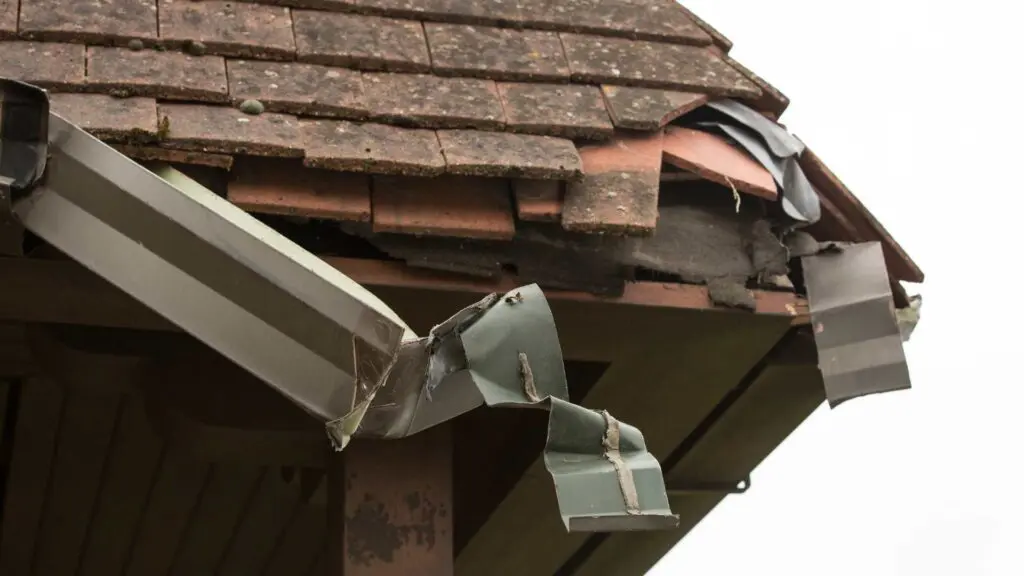

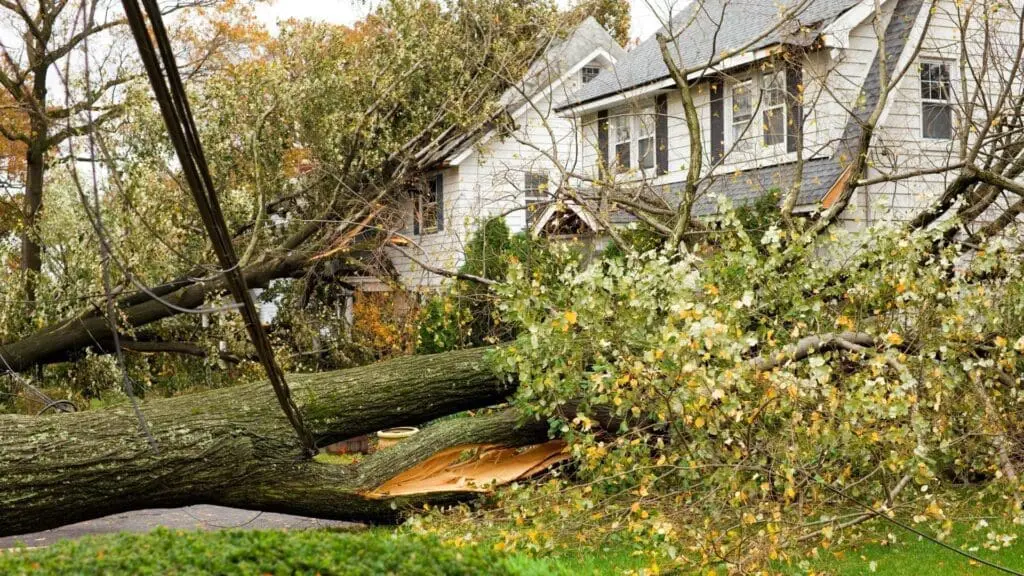
Choosing the Right Materials for Enhanced Durability
The type of roofing materials you choose is very important for protecting against storms. Asphalt shingles are cheaper but may not hold up well against wind and hail damage. If you live in an area that gets hailstorms, think about using impact-resistant shingles.
Metal roofing is a strong choice too. It lasts a long time and resists wind and damage. While it costs more upfront, metal roofs can stay in good shape for many years, making them a smart investment.
In the end, the best roof for your home depends on your budget, where you live, and your local weather. You should talk to a professional roofing contractor to learn about your options and find the right type of roof for your needs.

Professional Solutions for Storm-Proofing
When you want to make your roof safe from storms, hiring professional roofing contractors is a great option. They don’t just fix problems. They also have skills in new roofing materials and technologies. This means your roof can handle even the worst weather.
These experts know the rules and good practices for building, so they can give you dependable solutions that fit the needs of your home specifically.

Innovative Roofing Technologies and Materials
The roofing industry is always changing. New technologies and materials are being developed to protect against harsh weather. These include impact-resistant shingles and stronger underlayment, plus better ventilation systems. These new products help make roofs longer-lasting and more solid.
For example, some roofing companies now provide shingles designed to resist strong winds. They use tougher adhesives and interlocking designs to stop wind from lifting them off. Some are using cool roof technology, which reflects heat and improves energy use.
Homeowners can learn about these new options. By talking to a trusted roofing contractor, they can find the latest storm-proofing solutions for their new roof and make smart choices.
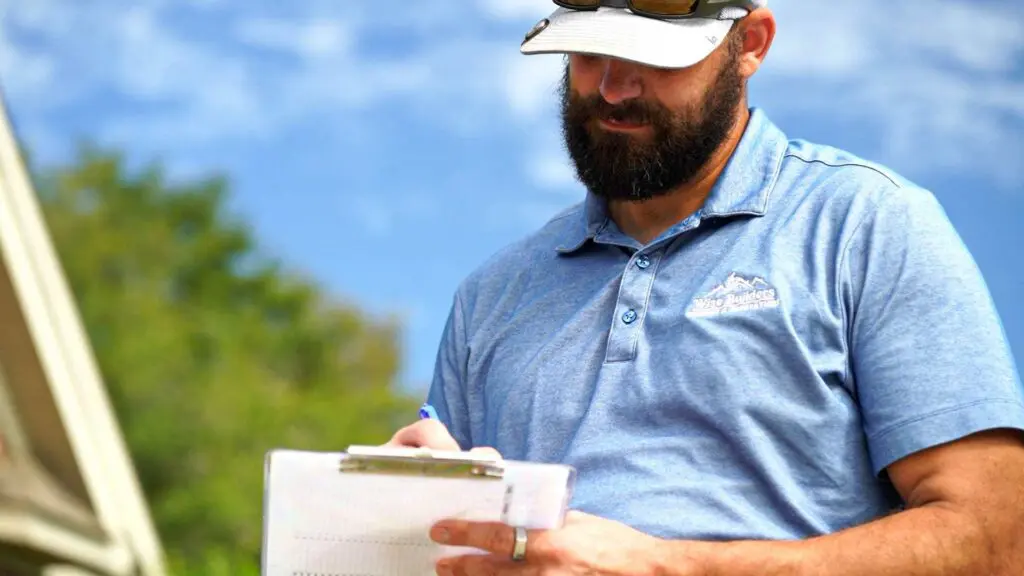
Why Choose Wise Builders Roofing and Renovations
Choosing the right roofing contractor is very important for the quality and lifespan of your roof. Wise Builders Roofing and Renovations has been a trusted name in roofing for over two years.
Our skilled team of certified experts is focused on providing great work and high-quality materials. We know how important your home’s roof is for protecting against weather, so we pay close attention to detail and strive for customer satisfaction.
Whether you need small repairs or a full roof replacement, Wise Builders Roofing and Renovations is here for all your roofing needs. We also work with homeowners insurance companies to help you with the claims process, making things easier and less stressful for you.
Conclusion
In conclusion, protecting your roof from storm damage is very important for your home’s safety and how long it lasts. You can reduce risks and avoid expensive repairs by regularly checking your roof, using strong materials, and hiring professionals. Wise Builders Roofing and Renovations provide smart technologies and expert help to make sure your roof can withstand storms. We are highly rated by the Better Business Bureau, and 5 stars on Google, Trust Index and Facebook.
Remember, finding storm damage early can stop bigger problems later. Focus on making your roof strong enough to handle any storm that comes.
Frequently Asked Questions
How often should my roof be inspected for storm readiness?
It’s a good idea to have a qualified roofing contractor check your home’s roof at least once a year. It’s best to do this after any severe weather. This way, you can find possible problems early. This can help you avoid the need for an insurance claim later.
Can minor roof damage lead to bigger problems?
Yes, even small problems like missing shingles can turn into big issues. If you ignore roof repair, you may face water damage, structural damage, and mold growth. It’s important to fix these problems quickly. Also, contact your homeowners insurance when needed.
What are the best materials for storm-proofing my roof?
The best roofing materials that can resist storms are impact-resistant asphalt shingles and metal roofing. These materials are strong and can handle hail damage and strong winds well. Talk to a professional to find the right roofing materials that fit your area’s needs.


